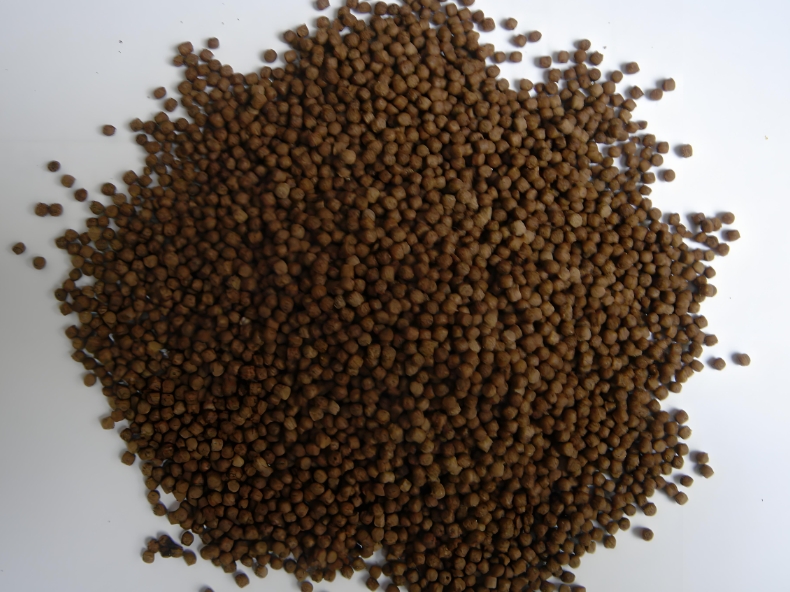Six Key Recommendations for High-Quality Fish Feed Production
Producing high-quality aquafeed is crucial for the health of farmed fish, the efficiency of aquaculture operations, and the sustainability of the industry. Here are six essential recommendations to optimize the fish feed production process:
1. Prioritize Ingredient Quality and Sourcing
The foundation of excellent fish feed is the quality of its raw materials. Source ingredients from reputable suppliers who can provide consistent quality and composition. Prioritize fresh, stable, and contaminant-free materials. This includes ensuring that fishmeal and fish oil are from sustainable sources, and that plant-based proteins (like soybean meal) are properly processed to remove anti-nutritional factors. Implementing a rigorous quality control check upon receipt of all ingredients is non-negotiable.fish feed making machine
2. Optimize the Grinding Process
The particle size of the ground ingredients directly affects pellet quality and digestibility. Fine grinding is essential as it increases the surface area of the particles, allowing for better water absorption and starch gelatinization during conditioning. A uniform, fine grind ensures a homogeneous mixture, improves binding capacity, and results in a stable pellet that reduces nutrient leaching in water. The optimal particle size will vary depending on the target fish species and life stage.fish feed making machine
3. Master the Conditioning Stage
Conditioning is a critical step where steam is added to the feed mixture to hydrate it and cook the starches. Proper conditioning significantly improves pellet durability, digestibility, and shelf life. Key parameters to control are temperature, moisture content, and retention time in the conditioner. Under-conditioning leads to crumbly pellets, while over-conditioning can destroy heat-sensitive nutrients. Aim for the optimal balance to achieve maximum starch gelatinization without damaging proteins and vitamins.
4. Select the Right Die and Control Extrusion/Compression
The choice of die and the extrusion parameters determine the pellet’s size, shape, density (sinking or floating), and texture. For extrusion cooking, which is common for many modern feeds, carefully control temperature, pressure, and shear force to produce pellets with the desired water stability and buoyancy. The diameter of the die holes must be appropriate for the mouth size of the fish. Consistent pellet density is vital to ensure uniform feeding behavior.fish feed making machine
5. Implement Precise Post-Processor Operations
After the pellets are formed, drying, cooling, and coating are crucial. Drying reduces the moisture content to a safe level for storage (typically below 10-12%), preventing mold growth. Cooling brings the pellets to room temperature, stabilizing them before storage or coating. The coating or vacuum impregnation stage is where heat-sensitive nutrients (like vitamins and enzymes) and liquid fats are added. This step ensures high nutrient retention and allows for precise fat inclusion, which is a key energy source for fish.fish feed making machine
6. Enforce Rigorous Quality Assurance and Testing
A comprehensive Quality Assurance (QA) program must be implemented from start to finish. This includes regular laboratory testing for:
- التحليل التقريبي: Checking crude protein, fat, fiber, and moisture levels.
- Pellet Durability Index (PDI): Measuring the physical stability of the pellets to minimize fines.
- Nutritional Leaching: Assessing how well the pellet retains nutrients in water.
- Microbiological Safety: Testing for contaminants like Salmonella and aflatoxins.
Consistent testing ensures the final product meets nutritional specifications and safety standards, guaranteeing optimal health and growth for the fish.








